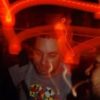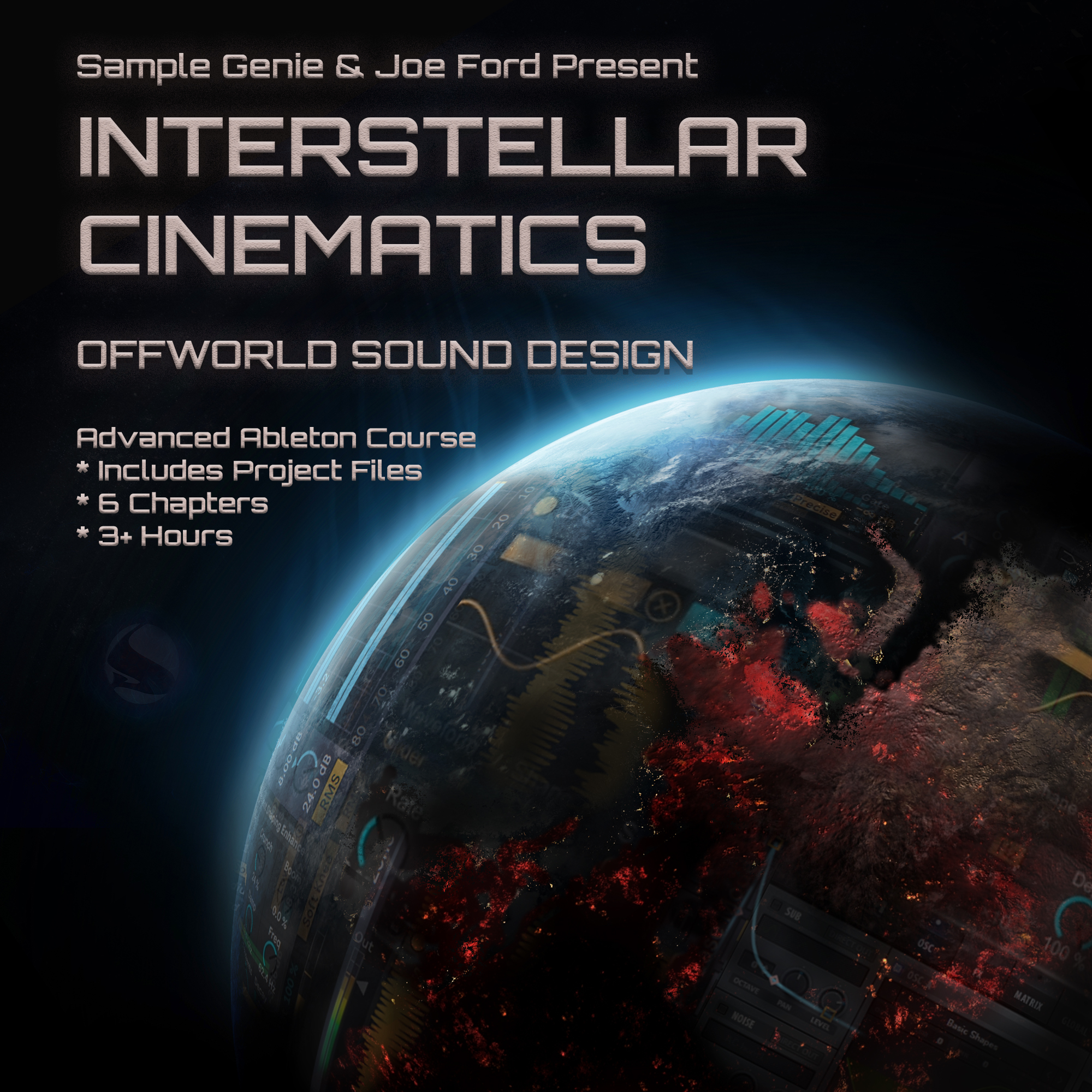Analysis of S1E10: Xtrah – Bassline Creation
- This topic has 0 replies, 1 voice, and was last updated 6 years, 8 months ago by ,
 Harry.
Harry.
-
AuthorPosts
-
-
2017-11-30 at 20:23:17 #34069,
 HarryModerator
HarryModeratorI missed posting an analysis last week, was a national holiday in the states, so had a bit of travel to see family, and not much time for music stuff. Back on schedule now, and next week I will aim to have the December video analyzed, and maybe the bonus video from a few weeks back.
—-
Topics: bass, basslines, distortion, sound designXtrah made a demo tune for the tutorial, with one sub bass and three different mid-range basses.
03:00 – first mid bass is split in to two frequency ranges, the tops work with the lower sections automation movement of the EQ.
04:45 – bit crusher as a sort of filter, with automation.
05:30 – using distortion to design sounds, using it to bring out harmonics & overtones.
– Bass for this demonstration was made with a Reaktor ensemble.07:00 – gives his thoughts on using the same processing chain on sounds in a track, but making slight adjustments for each sound to develop edits & variations, while maintaining a level of cohesion between the elements.
08:00 – second mid bass.
– This mid bass triggers a sidechain of the first mid bass.09:30 – sub bass is an 808 kick, follows the beat of the track’s breakbeat.
10:20 – Massive used for the third mid bass.
– Xtrah likes having the modulation OSC on, finds it helps for making stab sounds.13:00 – the next mid bass was made in Reaktor, is actually more of a stab or lead sound, used in making a riff/hook for the intro.
14:20 – looking at Xtrah’s channel strip he uses for delays.
– Says it is more of a reverb bus.
– Uses it to add depth & ambience to sounds.15:40 – demonstrates a trick to create risers using Logic’s Tape Delay and its freeze function.
– When a sound is going through the tape delay, hit the freeze button, then turn down the groove slider, then try different feedback settings. Click off the freeze button to stop the delay.
– Demonstrates this trick during a pass of the intro section.18:30 – states that one does not have to always start with great sounds, but knowing what plug-ins to use and how to use (and abuse) them, you can design unique sounds.
– Likes starting with basic sounds and then sculpting them.20:00 – more demonstration of automated bit crusher.
—-
THOUGHTS & QUESTIONS– I think at some point the idea of using distortion to design sounds led me to start testing my various plug-ins on simple OSC waves, to see how the plug-ins changed audio. This relates to Xtrah talking about using basic sounds and then using the tools you have to sculpt them in to more complex sounding audio.
– I have used combos of sine waves and distortion plug-ins to create wavetables for Serum. Will do similar sessions with other simple waves (saw, square, triangle).
– The point in the video about Massive had me looking up something about the LFO tab, when I initially watched the video. The Internal Envelope on the right part of the LFO window, it has a crosshair that you can drag & drop to modulation slots, adds the AD designation. Right now, I’m not entirely sure what it does, need to test & figure it out for myself.
– One of Xtrah’s distortion busses was: Camelphat ➡ FabFilter Saturn ➡ Waves Redd.37 ➡ Ozone 5 ➡ Kramer Tape ➡ FabFilter Pro-Q
At it’s most basic, the chain would be: Distortion ➡ Multi-Band Distortion ➡ Console Emulation ➡ Multi-Band Compression (I think this is what he used Ozone 5 for?) ➡ Tape Distortion ➡ EQ
"Knowledge kept is knowledge lost." - Bobbito Garcia
-
-
AuthorPosts
- You must be logged in to reply to this topic.


